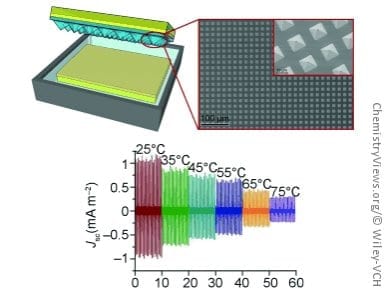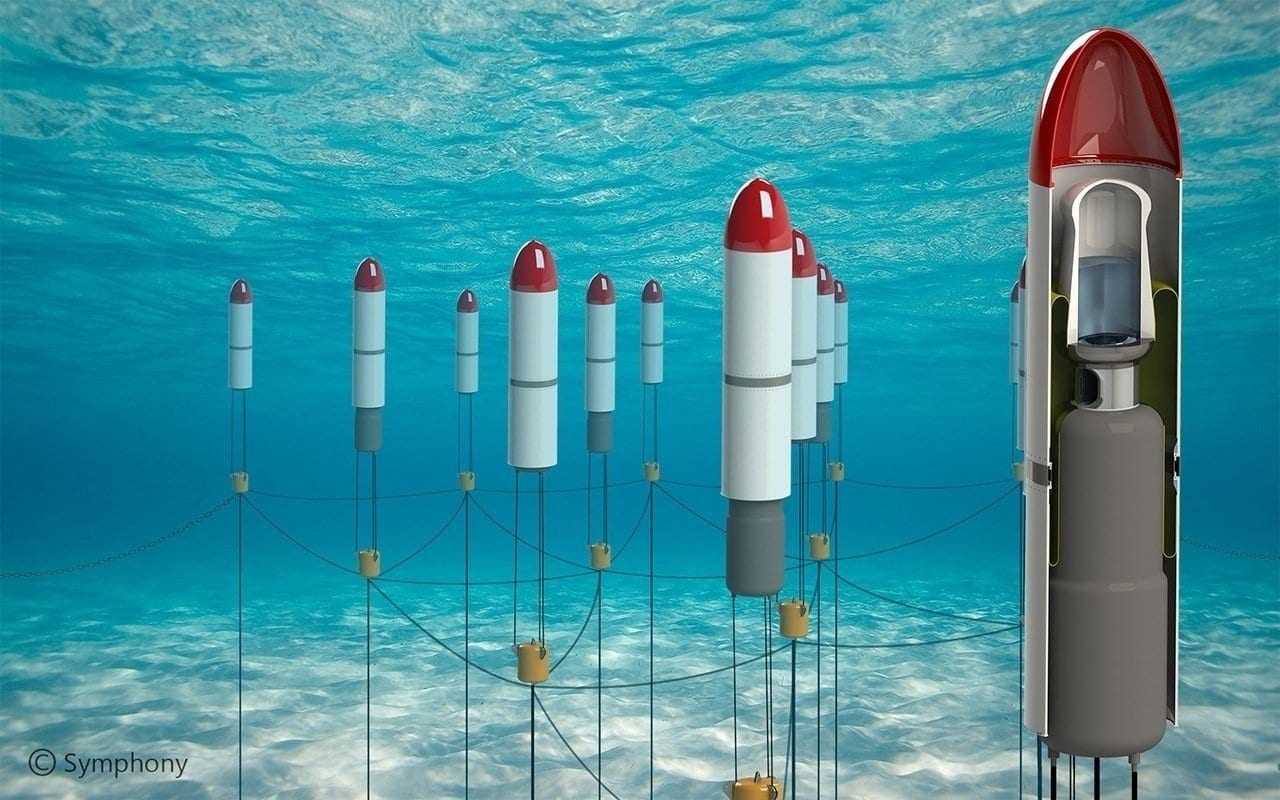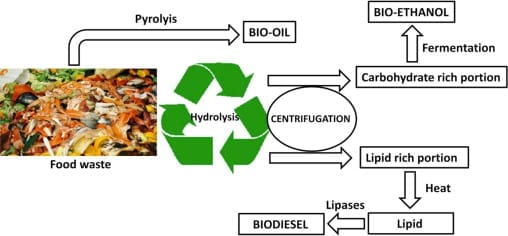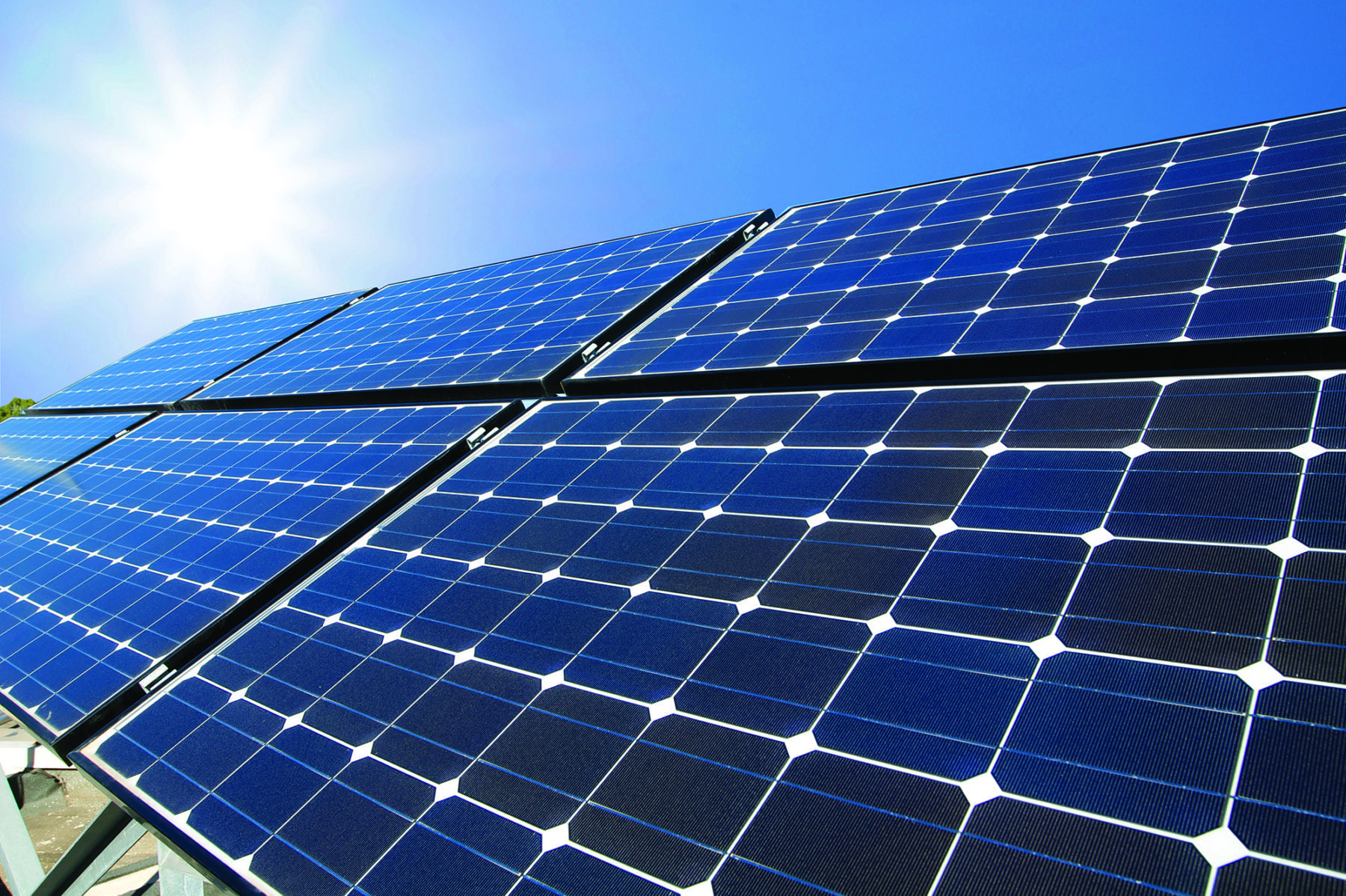The Triboelectric Effect
As sources of renewable energy, sun and wind have one major disadvantage: it isn’t always sunny or windy. Waves in the ocean, on the other hand, are never still. American researchers are now aiming to use waves to produce energy by making use of contact electrification between a patterned plastic nanoarray and water. In the journal Angewandte Chemie, they have introduced an inexpensive and simple prototype of a triboelectric nanogenerator that could be used to produce energy and as a chemical or temperature sensor.
The triboelectric effect is the build up of an electric charge between two materials through contact and separation – it is commonly experienced when removal of a shirt, especially in dry air, results in crackling. Zhong Lin Wang and his team, Georgia Institute of Technology, Atlanta, USA, have previously developed a triboelectric generator based on two solids that produces enough power to charge a mobile telephone battery. However, high humidity interferes with its operation. How could this technology work with waves in water? The triboelectric effect is not limited to solids; it can also occur with liquids. The only requirement is that specific electronic energy levels of two substances are close enough together. Water just needs the right partner – maybe a suitable plastic.
Go deeper with Bing News on:
Power from the Sea
- Global nukes, deterrence strategies from the US to Russia unveiled
When discussing nuclear deterrence, the United States often comes to mind first, given its status as the world's leading military power. The need for global action underpins the US's development of ...
- Watch the world’s first artificial energy island being built [video]
The first of 23 caissons for Princess Elisabeth Island, the world’s first artificial energy island, is nearly complete.
- Steep discounts, new vessels spur demand for LNG to power ships
Demand for liquefied natural gas (LNG) to power ships will rise this year on attractive prices, while more dual-fuel vessels join the global fleet, industry executives said.
- ‘To the Future’: Saudi Arabia Spends Big to Become an A.I. Superpower
The oil-rich kingdom is plowing money into glitzy events, computing power and artificial intelligence research, putting it in the middle of an escalating U.S.-China struggle for technological ...
- How the Navy Is Fighting Climate Change With Action on Clean Energy
The U.S. military is the world's largest single source of climate pollution. Work at the Naval Research Laboratory offers greener fuel for sailors and Marines.
Go deeper with Google Headlines on:
Power from the Sea
[google_news title=”” keyword=”Power from the Sea” num_posts=”5″ blurb_length=”0″ show_thumb=”left”]
Go deeper with Bing News on:
Triboelectric generator
- “Drinking Bird” Becomes an Evaporation-Driven Triboelectricity Energy Harvester
Researchers combined the drinking bird toy with a triboelectric arrangement to create a high-voltage energy-harvesting scheme.
- Choose Between These 7 Types Of Generators For Your Home
A generator can keep the lights on in your home during a power outage or can charge your phone when you’re camping. Generators turn mechanical energy into electrical energy and become a source o ...
- Best password generator of 2024
This is important as user accounts are becoming increasingly targeted by hacking attacks, either to access an individual's personal data to sell, or to access business systems the person might ...
- The 18 Best Generator Brands of 2024
When a storm strikes and the power goes out, a generator from one of the best generator brands can prevent hours in the dark and a fridge full of spoiled food. Depending on its size, a portable ...
- How Big of a Home Generator Do You Need?
And you can -- with the help of a portable or home generator. These generators use gasoline, propane or natural gas (all fossil fuels) to keep the electricity on. But even if you've already ...
Go deeper with Google Headlines on:
Triboelectric generator
[google_news title=”” keyword=”triboelectric generator” num_posts=”5″ blurb_length=”0″ show_thumb=”left”]











